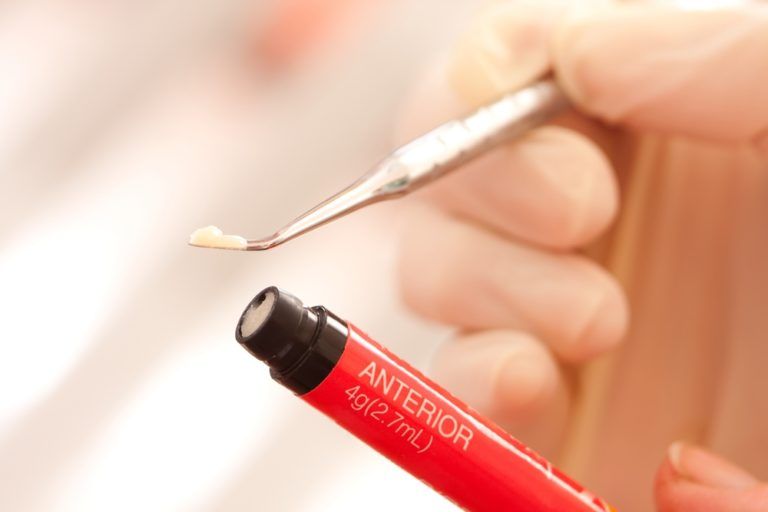Tooth-Colored Fillings for Children

More than half of children over age six have some degree of tooth decay. When cavities are left untreated, they can lead to pain, infection and even tooth loss. Fortunately, pediatric dentists can fill cavities to prevent them from worsening or causing complications. Modern dentistry has made it possible to fill cavities discreetly using tooth-colored fillings, also known as composites. Children with tooth-colored fillings can retain decayed teeth in a way that is both functionally effective and visually appealing.
Did you know…
that tooth decay is the most common chronic disease affecting children in the U.S.? According to the American Academy of Pediatric Dentistry, children as young as 6 months old can experience tooth decay. Tooth-colored fillings can repair damaged teeth, but the most effective form of treatment is prevention. Parents can help their children prevent cavities by limiting exposure to sugary foods and beverages.
Frequently Asked Questions
What will my child experience when getting a tooth-colored filling?
Your child’s teeth and gums will be numbed using a local anesthetic. The dentist will then remove decay from the teeth and clean the treatment site. A composite material will be bonded to the tooth surface and cured. Finally, the filling will be adjusted for comfort. Though most children experience little or no discomfort during this process, it is normal to feel some pressure. If your child has dental anxiety or concerns about the treatment process, speak with your child’s dentist about sedation options.
Does my child need a filling?
Your child may need a dental filling if he or she has cavities. Though some cavities are obvious and cause pain, many are less easily seen and asymptomatic. That is why all children should visit a pediatric dentist twice yearly for a professional dental exam. Regular exams can identify tooth decay in earliest phases, when it is most easily treated.
How long will a composite resin filling last in a child?
Composite fillings are very strong and capable of withstanding normal wear and tear in children. Most tooth-colored fillings will last many years so long as children brush twice daily, floss once per day, adopt healthy dietary habits and visit a pediatric dentist regularly for exams.

